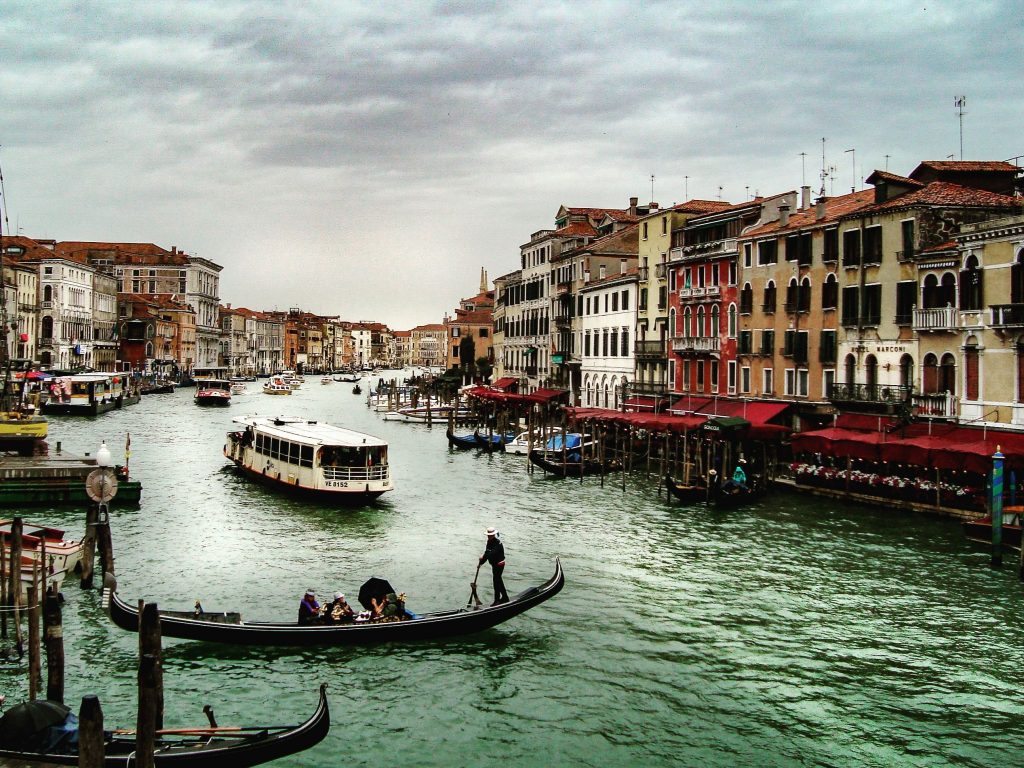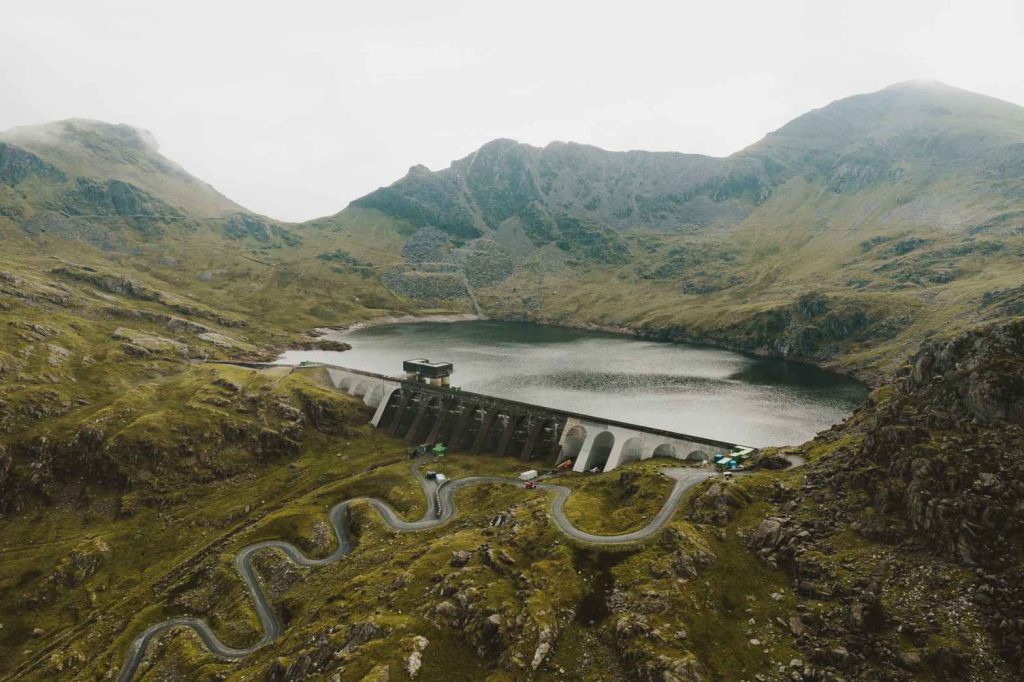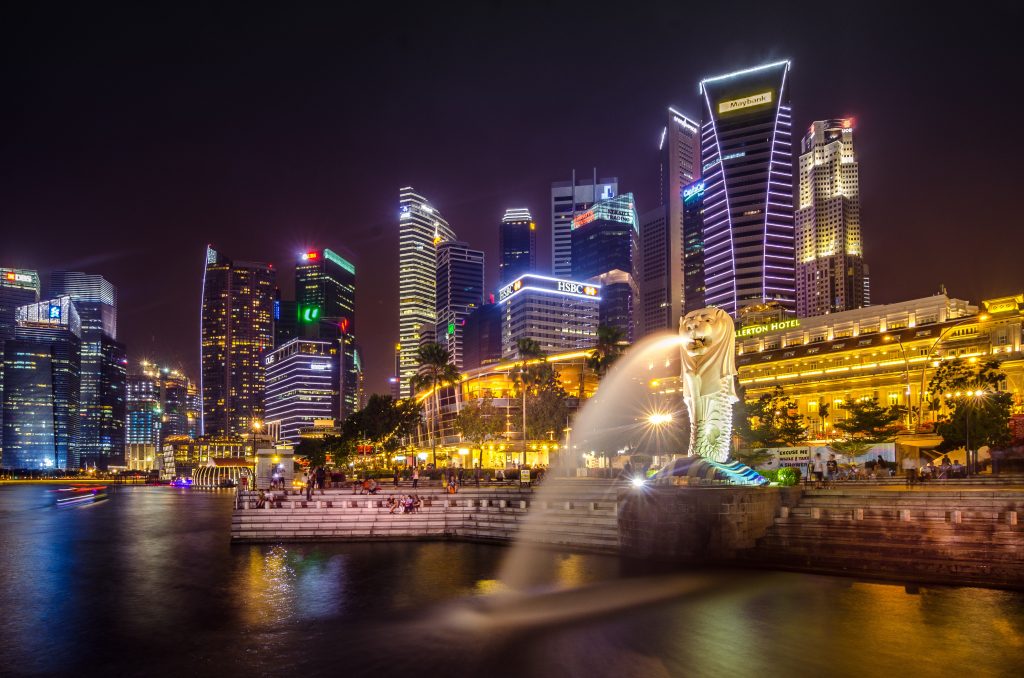
Photo by Maegan White
Written by Zeng Han Jun
There was a recent debate in South Korea about how solar panels are responsible for deforestation and possibly even linked to forest fires. It is not new. This argument has been going on for more than a decade but the stakes are much higher now. Investments in solar panels have been increasing steadily as energy providers try to diversify their business. Some of the oil companies are throwing significant investments into the solar business. That South Korea government unit acknowledged the report but neither agreed nor disagreed with the findings. However, the unit did share some best practices in solar panel installation, which is mainly about how the solar panels should be sloped during installation.
To be honest, solar energy production in cities is clearly one of the many ways to reduce our reliance on fossil fuels and could be a good way to mitigate global warming by lowering Greenhouse Gas (GHG) emissions. Although photovoltaic (PV) renewable energy production has increased, questions remain about whether PV panels and PV power plants cause a “photovoltaic heat island” (PVHI) effect, similar to how an increase in ambient temperatures relative to wildlands causes an Urban Heat Island (UHI) effect in cities (Barron-Gafford, Minor, Allen, Cronin, Brooks, Pavao-Zuckerman, 2016).
Cities are fundamentally concretised urban landscapes and the most significant impact of cities on local weather is the UHI effect. Heat islands are urbanised areas with higher temperatures than surrounding areas. Buildings, roads, and other infrastructure absorb and re-emit more heat from the sun than natural landscapes such as forests and bodies of water. Urban areas, where these structures are densely packed and greenery is scarce, become hotspots for outlying areas.
Some studies have pointed out that PV panels and PV plants change the structure of the landscape, in how incoming energy is reflected back to the atmosphere or absorbed, stored, and reradiated. Energy absorbed by vegetation and surface soils can be released as latent heat in the transition of liquid water to water vapour to the atmosphere through a process known as evapotranspiration (Masson, Bonhomme, Salagnac, Briottet, Lemonsu, 2001). PV kind of disturbs that process. So, a PVHI effect might be caused by a measurable increase in atmospheric warming as a result of a change in the balance of incoming and outgoing energy fluxes caused by the transformation of the landscape.
Research on PVHI is still ongoing while more investments are pouring into this domain. On the other spectrum, there are people who are very optimistic about this technology and even suggested using PV panels to pave roads and open space car parks. Their research has shown that PV pavement decreases surface temperature by 3 to 5 °C in summer and generates 11 to 12% less heat output at various climate conditions, all while generating electricity at the same time (Xie, Wang, 2021).
PV technology is very important because we have an abundance of sunlight in most places but still we should not rely too much on a single energy source. It never makes sense to put all eggs into the same basket. Very cliché but I think that there is a lot of sense in that sentence.
Given the current climate change condition, the scientific community still cannot collectively conclude how our environment will turn out in the future. Nobody dares to put a finger to it, especially when it has been discovered that climate models deviates a fair bit from real world conditions. To be fair, it is not easy to build a climate model because the climatic conditions are so complex, our mathematical models are good but there is the possibility that the math might not perform as expected when more factors come into play.
Apart from using mathematics to forecast possible scenarios, people have also turned to observation of weather conditions on nearby planets as an indication of how Earth might turn out to be in the future. A lot of studies were performed on planet Venus in the 70s and 80s? Now, the people’s attention has shifted somewhat to the planet Mars but the scientific community are still onto the planet Venus though. Many within the scientific community agree that the study of the planet Venus could be one of the keys to understanding planet Earth’s possible future.
First thing first, planet Venus looks beautiful from a distance but it is hellish within the planet’s atmosphere, with surface temperatures in excess of 400 °C. Space probes sent to scout the planet, melted in an hour or two upon entering into its atmosphere. All the water had disappeared. An explanation stated that the water has broken down and the hydrogen escaped into space. Carbon dioxide and sulphuric acid are in excess throughout the planet. Quite literally a burning hell in our part of the universe.
Some postulated that Venus used to be like Earth but later experienced a greenhouse effect. It then escalated into a runaway greenhouse effect. A runaway greenhouse effect, simply explained, is when there are too much greenhouse gases (usually water vapour) in the atmosphere which results in an increasing amount of heat trapped within the planet. The runaway greenhouse effect is most often associated with water vapour as the condensable GHG. In our case, the water vapour could reach the upper space limit of our planet Earth and escapes into space, resulting in a dried-up planet. This may have happened in the early history of Venus.
In the meantime, sea level will still continue to rise, for centuries to come. Many studies have shown that even if human-caused carbon dioxide emissions were to completely stop, the associated atmospheric warming and sea-level rise would continue for more than 1,000 years. These effects are caused in part by the residence time of carbon dioxide. The greenhouse gas can continue to stay in the atmosphere for a long time after it is emitted by industrial processes (NASA, 2017).
Flooding will continue to plague low-lying or coastal cities therefore there is a strong need to rethink urban planning and the grid system. Places with underground utility cables must reimagine how they deliver energy to houses and workplaces. Rising temperature might affect the insulation covers of the utility cables, exposing electrical wires to potential flood situations thereby causing danger to nearby humans/ animals and also pose obstacles to delivering energy to places beyond the power plant.
We could explore siting power plants on top of individual buildings with cables delivering energy from the rooftop to respective units below. PV panels can continue to work at lower efficiency when clouds become denser and when the humidity increases. Still, we must be prepared to obtain energy from alternative sustainable energy sources, to augment the reduced output of PV power plants.
Cities without alternative energy options will be at the greatest risk. Some of these cities are unable to harness renewable energy options like wind and hydro energy. As such, these cities must quickly pay more attention to less popular but emerging energy possibilities like hygroelectricity (converting humidity to electricity), piezoelectricity (obtaining electricity from crystals, dry bones or similar materials), etc.
Last month, a Japanese team managed to successfully carry out an hygroelectricity experiment to power a very small motor (Komazaki, Kanazawa, Nobeshima, Hirama, Watanabe, Suemori, Uemura, 2021). I feel very encouraged by the results of their experiment. Even though the electricity output is very small compared to what PV panels can achieve, I feel that there is a lot of potential in scaling up this technology. The hygroelectricity generator could be constructed into a panel but mounted on external walls of buildings. Of course, there are still a lot of challenges ahead for this technology but I see some potential too.
In fact, we must actively think out of the box (Very cliché, I know. We should really just do away with the box) and explore different alternative energy sources. There are significant advances in harnessing energy from sound (vibrations), heat (not geothermal), radioactivity, etc and we should reimagine how different energy sources could be wired up to a single battery station that delivers electricity to a localised building so that services could sustain even in the event of an intense and persistent flood. Of course, this is just a suggestion and there are many other ways to go about it too but first, we need to spark more conversations on this issue.
References
(n.d.). Retrieved from https://www.epa.gov/heatislands
6 Causes of Urban Heat Islands and 4 Ways to Offset Them. (n.d.). Retrieved from https://www.buildings.com/articles/27532/6-causes-urban-heat-islands-and-4-ways-offset-them
Aggarwal, V. (2021, May 28). How Much Energy Does A Solar Panel Produce?: EnergySage. Retrieved from https://news.energysage.com/what-is-the-power-output-of-a-solar-panel/
Average monthly humidity in Singapore, Singapore. (1970, July 30). Retrieved from https://weather-and-climate.com/average-monthly-Humidity-perc,Singapore,Singapore
Barron-Gafford, G. A., Minor, R. L., Allen, N. A., Cronin, A. D., Brooks, A. E., & Pavao-Zuckerman, M. A. (2016, October 13). The Photovoltaic Heat Island Effect: Larger solar power plants increase local temperatures. Retrieved from https://www.nature.com/articles/srep35070
Evaluation of Electric Energy Generation from Sound Energy Using Piezoelectric Actuator. (2016). International Journal of Science and Research (IJSR), 5(1), 218-225. doi:10.21275/v5i1.nov152677
First Real Images Of Venus – What Have We Discovered? (2020, December 12). Retrieved from https://www.youtube.com/watch?v=Fbdojp9LTLc&ab_channel=TheSimplySpace
Hygroelectricity. (2020, June 03). Retrieved from https://en.wikipedia.org/wiki/Hygroelectricity
Komazaki, Y., Kanazawa, K., Nobeshima, T., Hirama, H., Watanabe, Y., Suemori, K., & Uemura, S. (2021). Energy harvesting by ambient humidity variation with continuous milliampere current output and energy storage. Sustainable Energy & Fuels, 5(14), 3570-3577. doi:10.1039/d1se00562f
Masson, V., Bonhomme, M., Salagnac, J., Briottet, X., & Lemonsu, A. (0001, January 01). Solar panels reduce both global warming and urban heat island. Retrieved from https://www.frontiersin.org/articles/10.3389/fenvs.2014.00014/full
Runaway greenhouse effect. (2021, July 31). Retrieved from https://en.wikipedia.org/wiki/Runaway_greenhouse_effect
Short-lived greenhouse gases cause centuries of sea-level rise – Climate Change: Vital Signs of the Planet. (2017, January 13). Retrieved from https://climate.nasa.gov/news/2533/short-lived-greenhouse-gases-cause-centuries-of-sea-level-rise/
Xie, P., & Wang, H. (2021). Potential benefit of photovoltaic pavement for mitigation of urban heat island effect. Applied Thermal Engineering, 191, 116883. doi:10.1016/j.applthermaleng.2021.116883









